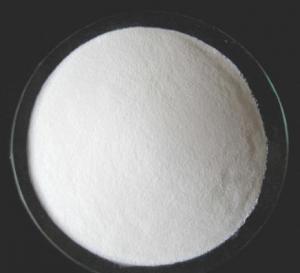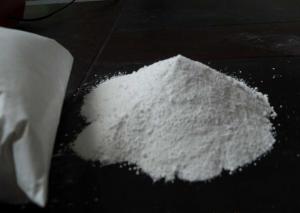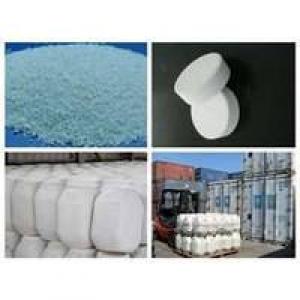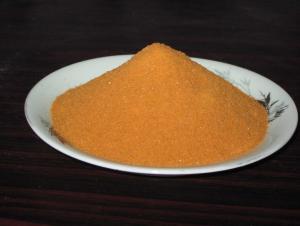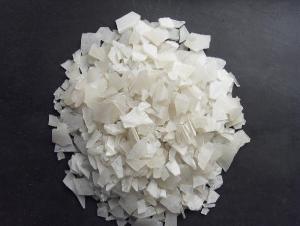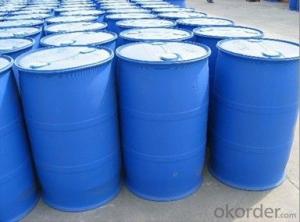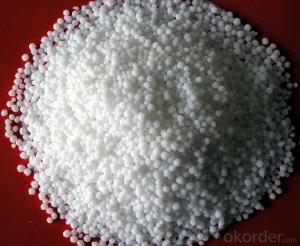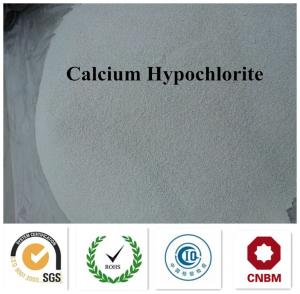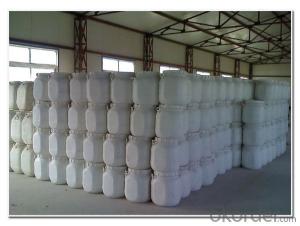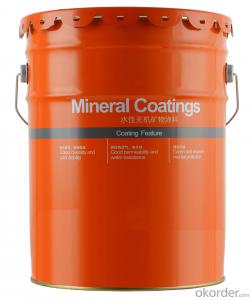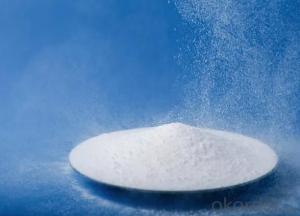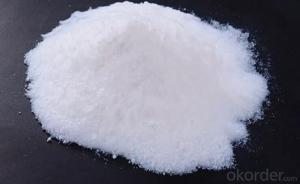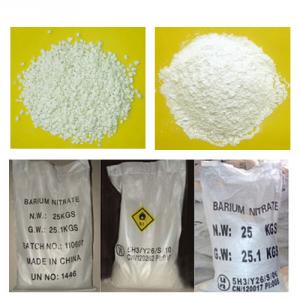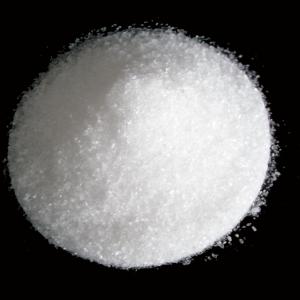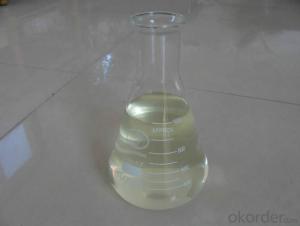SODIUM NITRITE INDUSTRY GRADE 99.3% POWDER
- Loading Port:
- Qingdao
- Payment Terms:
- TT OR LC
- Min Order Qty:
- 20 m.t
- Supply Capability:
- 8000 m.t/month
OKorder Service Pledge
OKorder Financial Service
You Might Also Like
sodium nitrite
1) purity:98.5%,
2) packing: 25KG/bag
3) good quality in competitive price
4)super suppiy force
Appearance and Properties: colorless, transparent or white microstrip yellow diamond crystal, taste, slightly bitter flavor, easy deliquescence.
Chemical Formula: NaNO2
Relative Density: 2.26
Melting point: 306.8°C
Concentration: Industrial grade level ≥ 99.2%.
Solubility: soluble in water, liquid ammonia, slightly soluble in ethanol, glycerol.
Sodium nitrate in the enamel industry as a flux, oxidizing agents and for the preparation of enamel powder raw materials. Sodium nitrate in the glass industry for a variety of glass and products, bleaching agents, defoamers, clarifying agents and oxidative flux. Sodium nitrate as the inorganic industrial fusion of caustic soda used in the manufacture of bleaching agents and other nitrates. Sodium nitrate in the food industry as a meat-processing hair color agent, to prevent deterioration of meat, and can play the role of seasoning. Sodium nitrate in the fertilizer industry as a quick application of acidic soil fertilizer, especially for root crops. In the dye industry in the production of picric acid and sodium nitrate is used as raw materials for dyes.
Sodium nitrate in the metallurgical industry as steel, aluminum alloy heat-treatment agent. Of sodium nitrate used in the machine the industrial metal cleaning agent and preparation of ferrous metals blue agent. Sodium nitrate in the pharmaceutical industry as a penicillin medium. Sodium nitrate in the cigarette industry as tobacco combustion-supporting agent. Sodium nitrate in Analytical Chemistry for chemical reagents. In addition, the sodium nitrate is also used in the production of explosives used in the enamel, glass industry, dye industry, medicine, agriculture as fertilizer.
Item |
Unit | Index | ||
Best quality | First quality | Qualified quality | ||
Content of Sodium nitrate (calculated by dry base) | % ≥ | 99.0 | 98.5 | 98.0 |
Content of Sodium nitrite (calculated by dry base) | % ≤ | 0.80 | 1.00 | 1.90 |
Content of Chloride (Nacl) (calculated by dry base) | % ≤ | 0.10 | 0.17 | ___ |
Content of insolubles in water (calculated by dry base) | % ≤ | 0.05 | 0.06 | 0.10 |
Moisture | % ≤ | 1.4 | 2.0 | 2.5 |
- Q:The application of various inorganic salts in the human body?
- All tissues of the human body contain strontium, is also the main component of bone and teeth, mainly gathered in the ossification of the place, can be strong bones.
- Q:would heterotrophic organism grow well in inorganic salt media? why or why not?
- No. Heterotrophs get energy from the environment in the form of chemical bonds within organic molecules (such as glucose). An inorganic salt medium would not supply the needed organic molecules. Your heterotroph would starve.
- Q:Calcium is not an inorganic salt
- Is a metal element
- Q:Inorganic salt function
- Inorganic salts can be used for a wide range of raw materials
- Q:What are the physiological functions of inorganic salts
- Maintain the life of cells and organisms
- Q:What is the difference between organic salt and inorganic salt?
- Organic and inorganic chemistry are subdisciplines within chemistry. In organic chemistry, scientific study is concentrated towards carbon compounds and other carbon-based compounds such as hydrocarbons and their derivatives. Read more: www.differencebetween /science...
- Q:I had asked a similar question on GC operation last week, but for different kinds of compounds.For my biochem research project at school, I'm testing the ability of a species of bacteria to biodegrade alcohols found in gasoline (methanol, ethanol, isopropyl, tert-butyl and cyclohexanol). The bacteria is growing in a solution of minute amounts of alcohols and Mineral Medium, which is basically just water and dissolved inorganic salts (CaCl2, KH2PO4, NH4NO3 and MgSO4).I know GC's are primarily used to separate organic mixtures. Can a GC separate organic compounds dissolved in salt water? Is it safe to put salt water in a GC? Or would I have to do an extraction to separate the alcohols and run the organic extract through the GC?
- Do not let salts enter the GC. You will have to perform an extraction step and run that. Salts can precipitate in the column or degrade into reactive species that can corrode the GC. Water is OK since it will not destroy the column (I've run aqueous solutions before), but salts are not.
- Q:My body fat rate 14.6 normal body fat percentage 31.2 is more than the normal value I do not know the difference between the two please God answer ah Thank you very grateful and then those elements of my lack of God is the situation ah I love meat is not a vegetarian! And I super love to eat eggs! And my super love to drink water!
- I am also a little lower inorganic salt so point, the coach said that usually drink some salt. Protein and water are low can only explain a problem, have a good fat under the conversion.
- Q:TRUE OR FALSE: the addition of salts to water will always increase the surface tension of water. explain.?
- False. Although inorganic salts will increase surface tension of the water by increasing the attractive forces between water molecules on the surface, organic salts will typically (always?) decrease the surface tension.
1. Manufacturer Overview |
|
|---|---|
| Location | |
| Year Established | |
| Annual Output Value | |
| Main Markets | |
| Company Certifications | |
2. Manufacturer Certificates |
|
|---|---|
| a) Certification Name | |
| Range | |
| Reference | |
| Validity Period | |
3. Manufacturer Capability |
|
|---|---|
| a)Trade Capacity | |
| Nearest Port | |
| Export Percentage | |
| No.of Employees in Trade Department | |
| Language Spoken: | |
| b)Factory Information | |
| Factory Size: | |
| No. of Production Lines | |
| Contract Manufacturing | |
| Product Price Range | |
Send your message to us
SODIUM NITRITE INDUSTRY GRADE 99.3% POWDER
- Loading Port:
- Qingdao
- Payment Terms:
- TT OR LC
- Min Order Qty:
- 20 m.t
- Supply Capability:
- 8000 m.t/month
OKorder Service Pledge
OKorder Financial Service
Similar products
New products
Hot products







